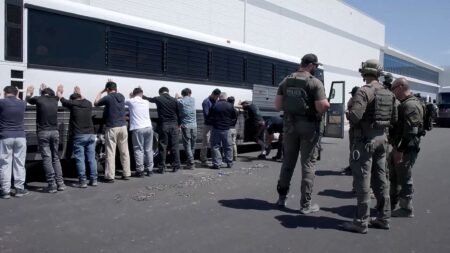Santa Clara, located in Santa Clara County, California, is a thriving city at the core of Silicon Valley. Just 45 miles southeast of San Francisco, it plays a crucial role in the global technology industry while maintaining deep historical and cultural roots. Bordered by San Jose, Sunnyvale, and Cupertino, Santa Clara spans about 18 square miles and serves as home to around 130,000 residents as of 2024.
Founded in 1777 with the establishment of Mission Santa Clara de Asís, the city is one of California’s oldest settlements. It was officially incorporated in 1852. While its early days were dominated by agriculture, including orchards and vineyards, the city experienced a major transformation in the 20th century, evolving into a high-tech powerhouse. Today, Santa Clara is the headquarters of Intel Corporation and hosts major employers such as Applied Materials and Nvidia. These companies are central to the development of semiconductors, software, and artificial intelligence technologies.
Santa Clara’s economic growth has attracted a diverse population. The city features a strong presence of Asian-American communities, particularly Indian and Chinese residents, alongside Latino and White populations. Its workforce is highly educated, and the median household income reflects the prosperity associated with the technology sector. Despite its economic success, the city faces challenges including rising housing costs and increased traffic congestion.
One of Santa Clara’s most recognized landmarks is Levi’s Stadium, the home of the NFL’s San Francisco 49ers. This stadium has hosted major events including Super Bowl 50 and international soccer matches such as the CONCACAF Gold Cup and matches for the upcoming 2026 FIFA World Cup. With a capacity of 68,500, Levi’s Stadium is also used for concerts and college football games, contributing significantly to the city’s tourism and entertainment economy.
Santa Clara is also a center for education. Santa Clara University, founded in 1851, is the oldest institution of higher learning in California. The city is served by the Santa Clara Unified School District and is close to prestigious institutions like Stanford University and San Jose State University. Its commitment to education and innovation continues to draw students, researchers, and professionals from around the world.
Transportation in Santa Clara is well developed, with access to U.S. Route 101, Interstate 880, and State Route 82. The city is served by Caltrain, the Altamont Corridor Express (ACE), Amtrak Capitol Corridor, and VTA Light Rail. It is also near San Jose Mineta International Airport. Santa Clara promotes public transit, bike-sharing programs, and electric vehicle infrastructure as part of its broader push for sustainability.
The city’s cultural life is vibrant, shaped by its diverse population. Attractions include the Triton Museum of Art, the historic Santa Clara Mission, and the Intel Museum. California’s Great America, a popular theme park, also sits within city limits, although it is scheduled to close by 2033. Santa Clara is known for celebrating multicultural events and festivals that highlight the traditions of its various communities.
Local government in Santa Clara operates under a city council and mayor system. The city has taken progressive stances on several issues, including privacy rights, sustainable development, and immigrant protections. Advocacy groups have set up rapid response teams to address concerns over immigration enforcement, especially during high-profile events at Levi’s Stadium. These efforts aim to protect immigrant communities and ensure public spaces remain safe and inclusive for all residents.
Santa Clara’s Mediterranean climate offers hot, dry summers and mild, wet winters, making it ideal for year-round outdoor activities. The city continues to grow as a hub of innovation, culture, and community, solidifying its position not just in California, but on the global stage.







